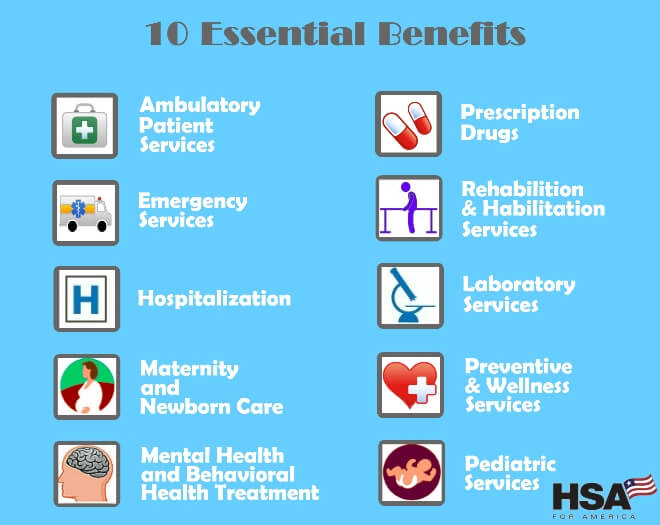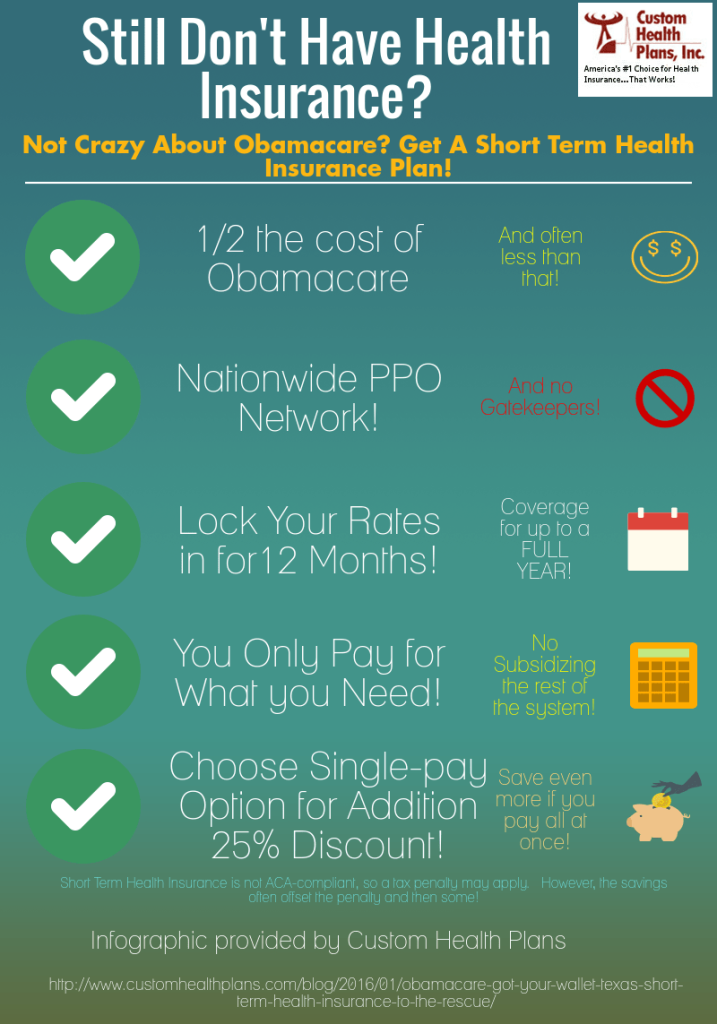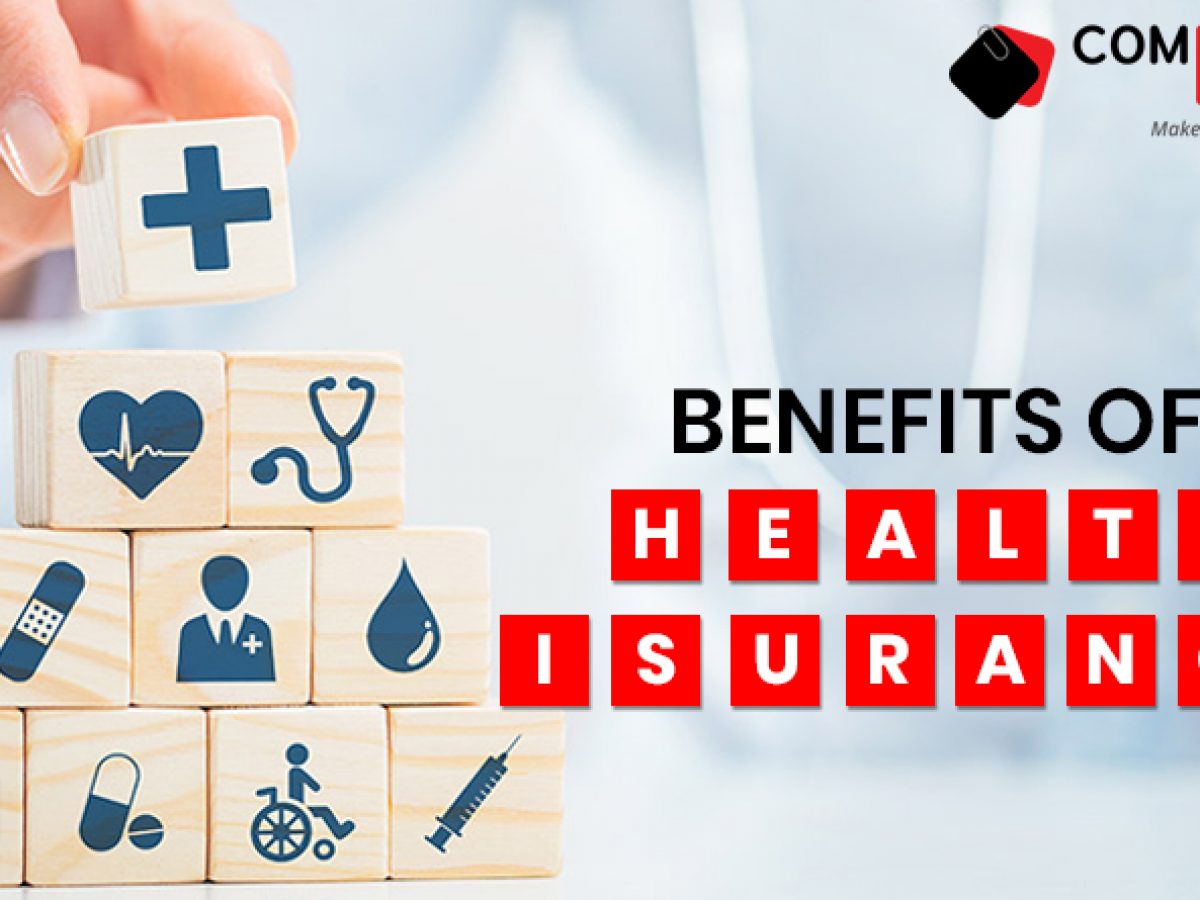Life Insurance In Toccoa, Ga Fundamentals Explained
The Best Guide To Insurance In Toccoa, Ga
Table of ContentsSome Ideas on Automobile Insurance In Toccoa, Ga You Need To KnowSome Known Questions About Home Owners Insurance In Toccoa, Ga.The smart Trick of Final Expense In Toccoa, Ga That Nobody is DiscussingGet This Report on Automobile Insurance In Toccoa, Ga

New immigrants account for a significant percentage of people without health and wellness insurance policy. The relationship between health insurance and accessibility to care is well developed, as recorded later on in this chapter. The partnership between wellness insurance policy and wellness end results is neither straight neither basic, a considerable medical and wellness services study literary works links health insurance policy coverage to better accessibility to care, better high quality, and improved personal and population health and wellness status.
How Life Insurance In Toccoa, Ga can Save You Time, Stress, and Money.
The troubles encountered by the underinsured are in some areas similar to those faced by the uninsured, although they are normally less extreme. Uninsurance and underinsurance, nonetheless, include definitely different policy issues, and the techniques for resolving them might vary. Throughout this research and the 5 reports to comply with, the main focus gets on persons without medical insurance and hence no help in paying for health treatment beyond what is available via charity and security net institutions.

Medical insurance is an effective variable impacting receipt of treatment because both individuals and medical professionals react to the out-of-pocket rate of solutions. Medical insurance, nevertheless, is neither needed nor enough to access to medical solutions. However, the independent and direct effect of health and wellness insurance protection on access to wellness solutions is well developed.
Others will certainly acquire the healthcare they need also without health and wellness insurance policy, by paying for it expense or seeking it from carriers who supply care free or at very subsidized rates - Automobile Insurance in Toccoa, GA. For still others, medical insurance alone does not ensure invoice of treatment due to various other nonfinancial barriers, such as an absence of healthcare carriers in their area, limited access to transportation, illiteracy, or linguistic and social distinctions
The 15-Second Trick For Home Owners Insurance In Toccoa, Ga
Official research study concerning without insurance populaces in the USA dates to the late 1920s and early 1930s when the Committee on the Expense of Healthcare created a collection of records about financing medical professional office sees and hospitalizations. This problem came to be prominent as the numbers of clinically indigent climbed during the Great Clinical depression.
Empirical studies constantly support the link in between accessibility to care and boosted health outcomes (Bindman et al., 1995; Starfield, 1995). Having a routine source of care can be thought about a forecaster of accessibility, instead of a straight action of it, when wellness outcomes are themselves utilized as gain access to indicators. Life Insurance in Toccoa, GA. This extension of the idea of accessibility measurement was made by the IOM Board on Monitoring Gain access to to Personal Health Care Services (Millman, 1993, p
However, the impact of parents' wellness and wellness insurance policy on the health of their children has gotten attention only recently. Whether moms and dads are guaranteed shows up to influence whether their kids receive treatment along with just how much careeven if the youngsters themselves have coverage (Hanson, 1998).
About Insurance In Toccoa, Ga

Although emergency situation divisions are portrayed as an expensive and improper website of main care services, many uninsured patients look for treatment in emergency departments since they are sent there by various other healthcare service providers or have nowhere else to go. Emergency situation treatment professionals suggest that the country's emergency situation divisions not only work as suppliers of last resort but are a vital entry factor right into the health treatment system (O'Brien et al (https://www.find-us-here.com/businesses/Thomas-Insurance-Advisors-Toccoa-Georgia-USA/33986956/)., 1999)
Phase 2 provides a review of how employment-based medical insurance, public programs and specific insurance plan run and interact to provide extensive but insufficient protection of the U.S. populace. This consists of an evaluation of historical trends and public laws impacting both public and exclusive insurance coverage, a conversation of the communications amongst the different types of insurance coverage, and an examination of why people relocate from one program to another or end up without coverage.Chapter 3 synthesizes existing information to reach a company website composite summary of the uninsured: What qualities do people without insurance coverage often share? Where do the without insurance online? The chapter also presents information regarding the risk of being or becoming uninsured: How does the chance of being uninsured change depending on chosen qualities, such as racial and ethnic identity, country or urban residency, and age? What are the chances for certain populations, such as racial and ethnic minorities, country residents, and older working-age persons, of being without insurance? Exactly how does the possibility of being uninsured adjustment over a lifetime? Along with characterizing the possibility of being without insurance in regards to a solitary dimension, such as sex, age, race, work condition, or geographic area, Chapter 3 also presents the outcomes of multivariate evaluations that supply an even more insightful depiction of the variables that add to the chances of being without insurance.